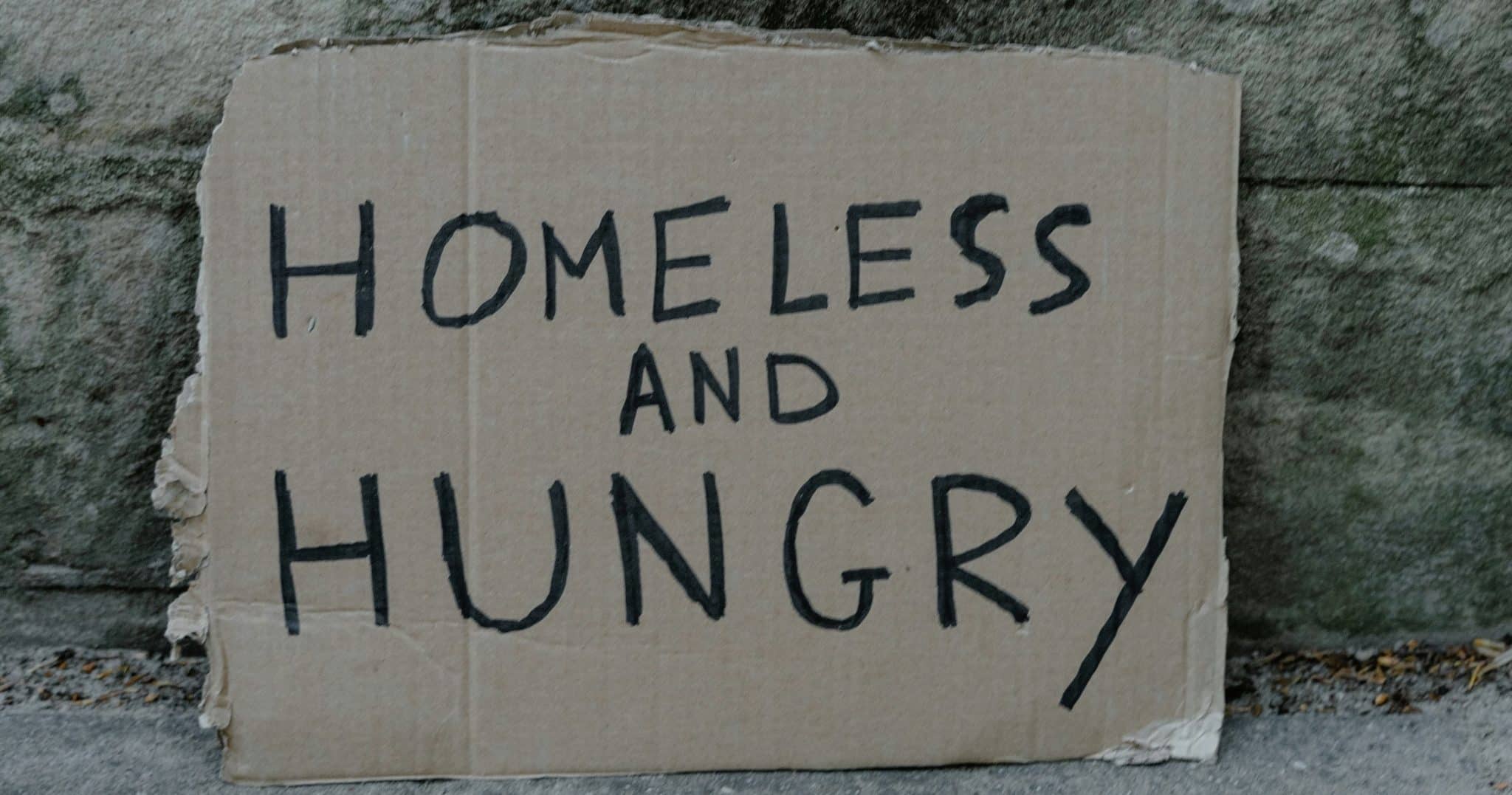
Photo by mauro mora on Unsplash.
French existentialist Jean Paul Sartre closes his play Huis Clos (“No Exit”) with the pronouncement: “Hell is other people.”
The play offers a sardonic vision of hell as the place in which one must spend eternity with individuals one would barely seek to spend five minutes with in real life.
As one writer notes, “The most terrible, exasperating torment, in Sartre’s eyes, is the agony of soul caused by having to live forever alongside someone who drives you up the wall. Their annoying habits, their pettiness or cynicism or stupidity, their disposition and tastes that so frustratingly conflict with yours and require, if you are to live in communion with them, some sort of accommodation or concession of your own likes and desires – that, says Sartre, is Hell.”
Living in a world in which tolerance is the highest value, most readers find Sartre’s vision highly narcissistic or the logical conclusion of an exclusively individualistic, existentialist philosophy.
Tolerance – up close and personal
For many others, however, Sartre’s sentiments are not so easily dismissed. Living, working, and interacting with other people can indeed create a hellish existence for many. And most of us, if we are honest, can quickly think of the names of individuals whose personal habits or grating personalities makes relating to them very difficult at best.
I often feel my “love” is really just thinly veiled patronage.
Sartre’s honesty, albeit through a cynical lens, also exposes clear boundaries of human tolerance.
On the one hand, the capacity for tolerance is generally based on loving those who are easy to love or who share our own way of living in and viewing the world. On the other hand, the capacity for tolerance easily extends towards external causes, idealism, and abstract principles. These are quickly shattered when we come into contact with the real people who exist not as causes or ideals or principles.
An example from my own life serves to illustrate Sartre’s insight. I am involved in causes working for justice in situations of homelessness, which is a perennial issue where I live. It is easy for me to “love” the broad category of people who are “the homeless” as long as they remain an idea or a concept.
Yet, every month when my church holds a dinner for the homeless in our community – the full-range of humanity on display right in front of me – I often feel my “love” is really just thinly veiled patronage.
Eating with individuals who have not showered in weeks (or months), who suffer from mental illness, or chemical dependency tests my tolerance in ways that the idea of homelessness never will. This monthly meal highlights how little I truly love those real people seated all around me.
Shiny happy love
A contemporary of Sartre, CS Lewis, wrote about this tendency to love causes and ideals more than real people in his novel The Screwtape Letters. He saw this hellish tendency as a carefully constructed diabolical strategy.
Jesus corrects the notion that the neighbour is one just like me … and sees the world as I see it.
The demon, Wormwood, was advised to “aggravate that most useful human characteristic, the horror and neglect of the obvious”. The obvious, Lewis notes through his character Screwtape, is the human capacity for both benevolence and malice. Their misdirection and exploitation is not as obvious to us.
Diabolical Uncle Screwtape explains to his nephew Wormwood:
“The great thing is to direct the malice to his immediate neighbours whom he meets every day and to thrust his benevolence out to the remote circumference, to people he does not know. The malice thus becomes wholly real and the benevolence largely imaginary … but you must keep on shoving all the virtues outward till they are finally located in the circle of fantasy.”
If benevolence, tolerance, or love are simply attached to ideals involving people we never have any direct contact with in the day to day, how can that really be benevolence?
The flesh-and-blood physicality of love
In the same way, how can we say we love our neighbour when our malice towards particular habits or personality quirks is on full display? How quickly we lose our temper with family members; how easily we show offence at those who do not see it our way; how readily we devise strategies to withhold love, or to punish our ever-present offenders?
Lewis highlights a predominant theme in the teaching of Jesus. Throughout the gospels, Jesus corrects the prevailing notion that the neighbour is one just like me, who agrees with me, and sees the world as I see it.
The love of Jesus is not a pie in the sky ideal for people he never knew; it was tangible, messy, and ultimately cost him his life.
The “neighbour” is other people – not an abstraction, but a living, breathing person with habits, views, and quirks that will not only get on our nerves, but also tempt us toward contempt. And love is only a real virtue when it is lived out among real, human relationships.
As Lewis’s character Screwtape notes wryly:
“All sorts of virtues painted in the fantasy or approved by the intellect or even, in some measure, loved and admired, will not keep a man from [Satan’s] house: indeed they may make him more amusing when he gets there.”
Sartre was honest in revealing the often hellish reality of living with other people. We would much rather love an ideal, a concept (the homeless, or starving children across the world) than the people right in front of us, in our lives right now.
Following the One who truly loves
In the life of Jesus, we see a man who loved those individuals directly in front of him; he gathered around him a group of disparate people from tax-collectors on the left, to zealot revolutionaries on the right.
He delayed arrival at a temple official’s home because an unknown woman touched the hem of his garment (Mark 5:21-34). He delivered a man so out of his mind that he had been driven from his community to live in desolate caves (Mark 5:1-20).
Vague ideals about tolerance must give way to flesh and blood reality – loving the all-too-human in front of us.
In front of the most important religious officials of his day, he allowed a woman of questionable reputation to anoint his feet with perfume and use her tears and to wipe them with her hair (Luke 7:36-50).
The love of Jesus is not a pie in the sky ideal for people he never knew; it was tangible, messy, and ultimately cost him his life.
In Jesus, we see heaven on display in the hell of individual lives.
If we seek to follow Him, vague ideals about tolerance must give way to flesh and blood reality – loving the all-too-human in front of us.
This article was first published on A Slice of Infinity, a ministry of Ravi Zacharias International Ministries, and has been republished with permission.
Reflection and Discussion
- What is your idea of “tolerance”? What do you think the difference is between “tolerating” someone and “loving” them?
- When did you encounter this dissonance between an ideal love of someone and the tangible, messy act of loving that person?
- Jesus knows the challenges we face in living up to the example He has set for us. Will you choose to submit your difficulties in loving others unto Him, trusting that He will teach, guide and mould you through this experience?
We are an independent, non-profit organisation that relies on the generosity of our readers, such as yourself, to continue serving the kingdom. Every dollar donated goes directly back into our editorial coverage.
Would you consider partnering with us in our kingdom work by supporting us financially, either as a one-off donation, or a recurring pledge?
Support Salt&Light




